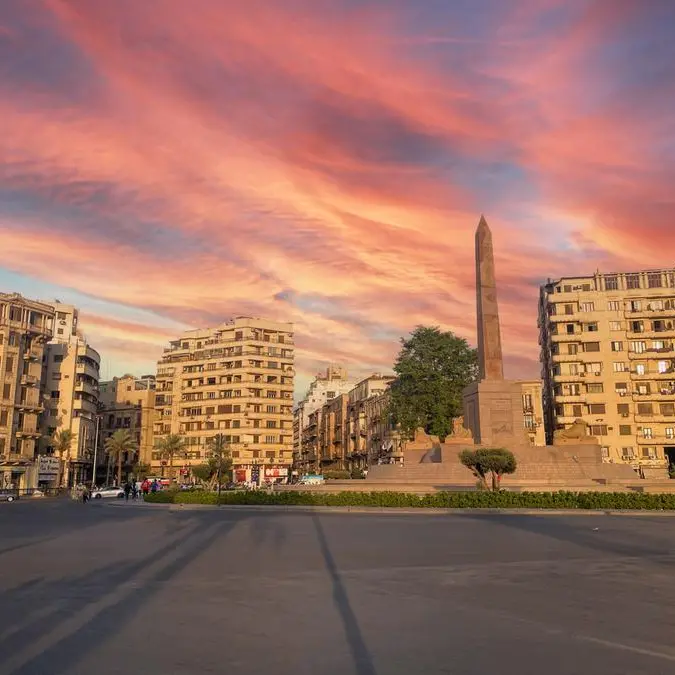Wednesday, Aug 19, 2015
Dubai: It is still early days for the $75 billion (Dh275.2 billion) UAE-India Infrastructure Investment Fund, but there are other opportunities opening up for UAE/GCC based investors to get a feel of possibilities in Indian property. In recent months, two dedicated real estate funds have been launched — one from an entity registered in Dubai — offering such investment opportunities.
But these are strictly for the very rich or institutional investors. And more such offerings could be on the way in what could yet prove a quite timely boost for India’s property market, which has been in a bit of a doldrums over the last 12 months or so.
“Supported by improved economic conditions and better focus on real estate sector, foreign investment is set to increase over next two years when compared to past few years,” said Ashutosh Limaye, National Director — Research at JLL India. “As far as the economy is concerned, things are no longer negative.
“Growth is picking up while inflation is under control by the RBI [Reserve Bank of India]. The external situation has improved, given the significant recovery in US and stability in Europe.”
The promoters of the two new funds thus want to pre-empt the anticipated upturn in investment inflow into Indian property markets. And they believe what they offer now can convince high networth investors here to choose India-specific assets.
In May, the GP Property Fund — domiciled at the Dubai International Financial Centre (DIFC) — was launched, with Gulf Petrochem putting up $10 million as sponsorship funding. The fund’s investment portfolio will be varied, and even include over-geared assets that are in need of restructuring, via a debt-to-equity financing model. Investors can participate with subscriptions of $1 million and over in the closed-ended fund.
“We agree there are already a number of options available for overseas investors to get exposure in the Indian realty market,” said Manan Goel, Group Director at Gulf Petrochem. “However, this fund is the first ever to have been established in Dubai and shall provide confidence to high networth individuals/institutions/sovereign Funds of this region, (and) thereby presenting itself as a pioneer product to invest in.
“The (Indian) Government is in support of opening up investment channels and bringing in growth. We hope that this would reduce uncertainty in the near future. We are optimistic that the opportunity to achieve superior risk adjusted returns shall be made available.”
Currently, the fund is “close to finalisation of soft commitments and in the middle of active roadshows as well as working in coordination with our associate partners,” Goel added.
Meanwhile, early this week, an India-based fund manager introduced a $250 million fund that would exclusively invest in mid-tier residential property in the country. Casting the net wide for overseas investors, the fund’s promoter expects to reel in significant interest from within the Gulf territory.
“We launched the fund in the GCC considering the tremendous potential of cash-rich investors and institutional entities,” said Bikram Sen, CEO of ArthVeda Fund Management, of the ‘STAR Fund II’. (It has a minimum investment size of $500,000.)
“Reports indicate private wealth in the GCC continues to surge annually by 17 per cent and hence the region offers a great opportunity for the fund. We also want to highlight the diversity of opportunities in realty investments in India, particularly in the mid-income residential segment.
“The intention would be to take exposure in greenfield projects in locations where we have an expansive network of group companies.”
As for choosing mid-tier developments, Sen said: “This is a segment with a continuous scope of growth — mid-income housing needs for a country like India with a rising middle-class is huge.
“Typically, builders and funds have focused on premium segments, but we believe segments like mid-income and low-income have larger potential. The developments have also got major push with the Government of India focusing on affordable housing.
“Mid-segment is characterised by low cyclicity and low average investment ticket size. Absorption rates are high — hence it is certainly a low-risk, high-return segment.”
By Manoj Nair Associate Editor
Gulf News 2015. All rights reserved.











